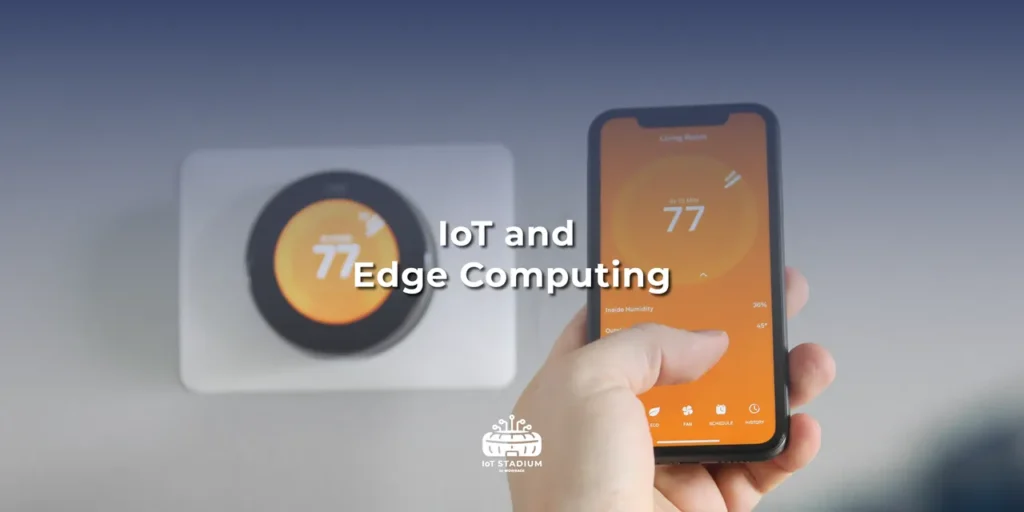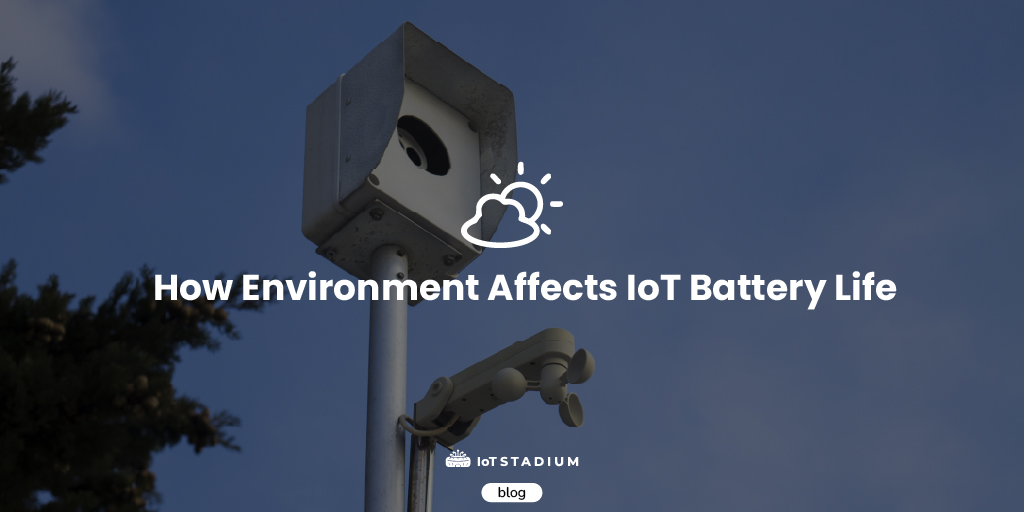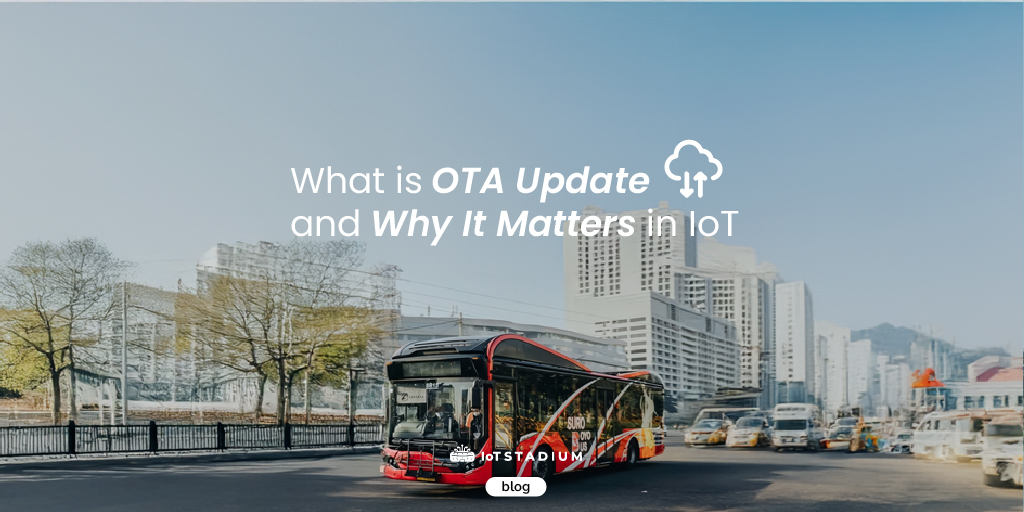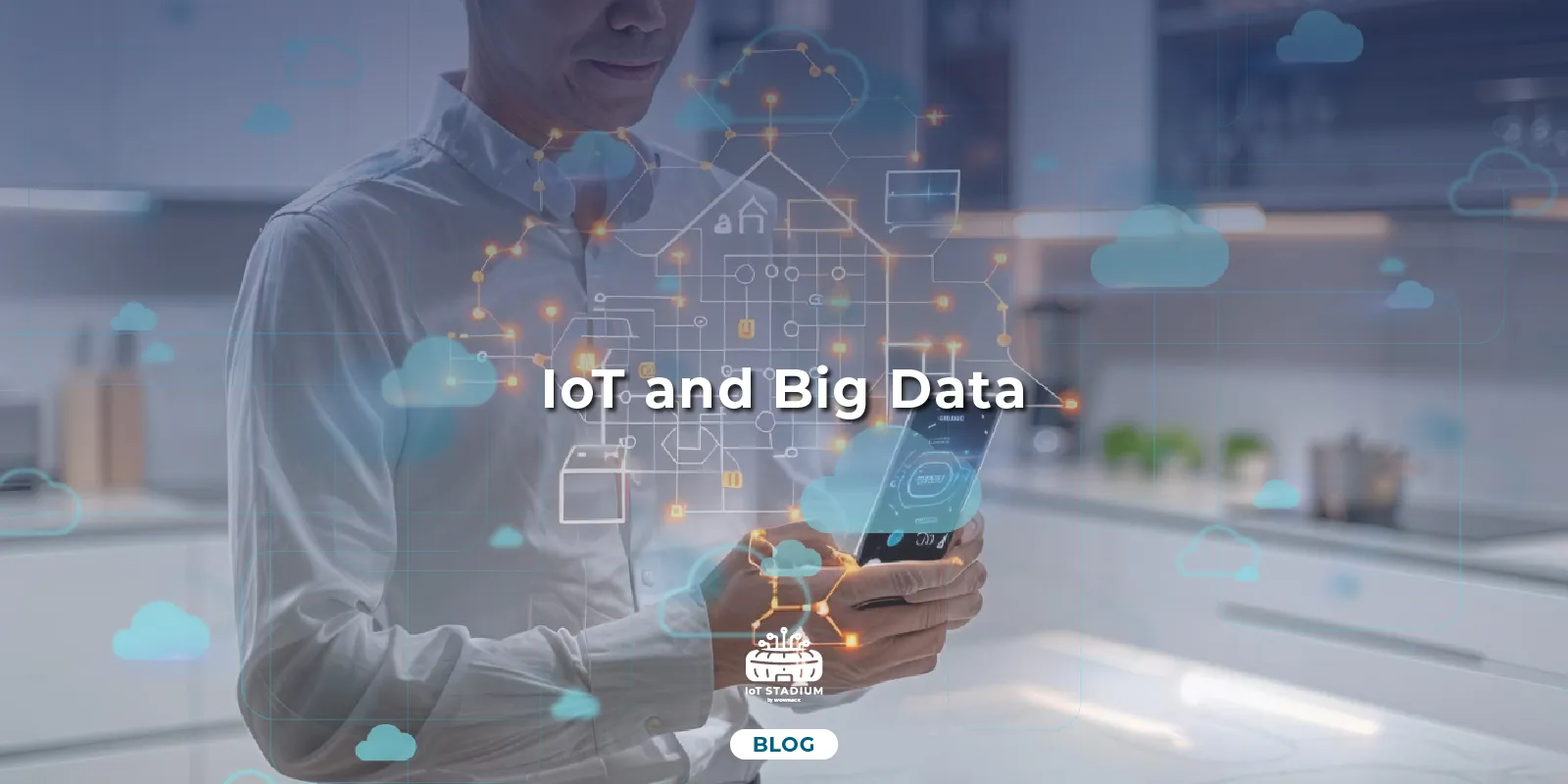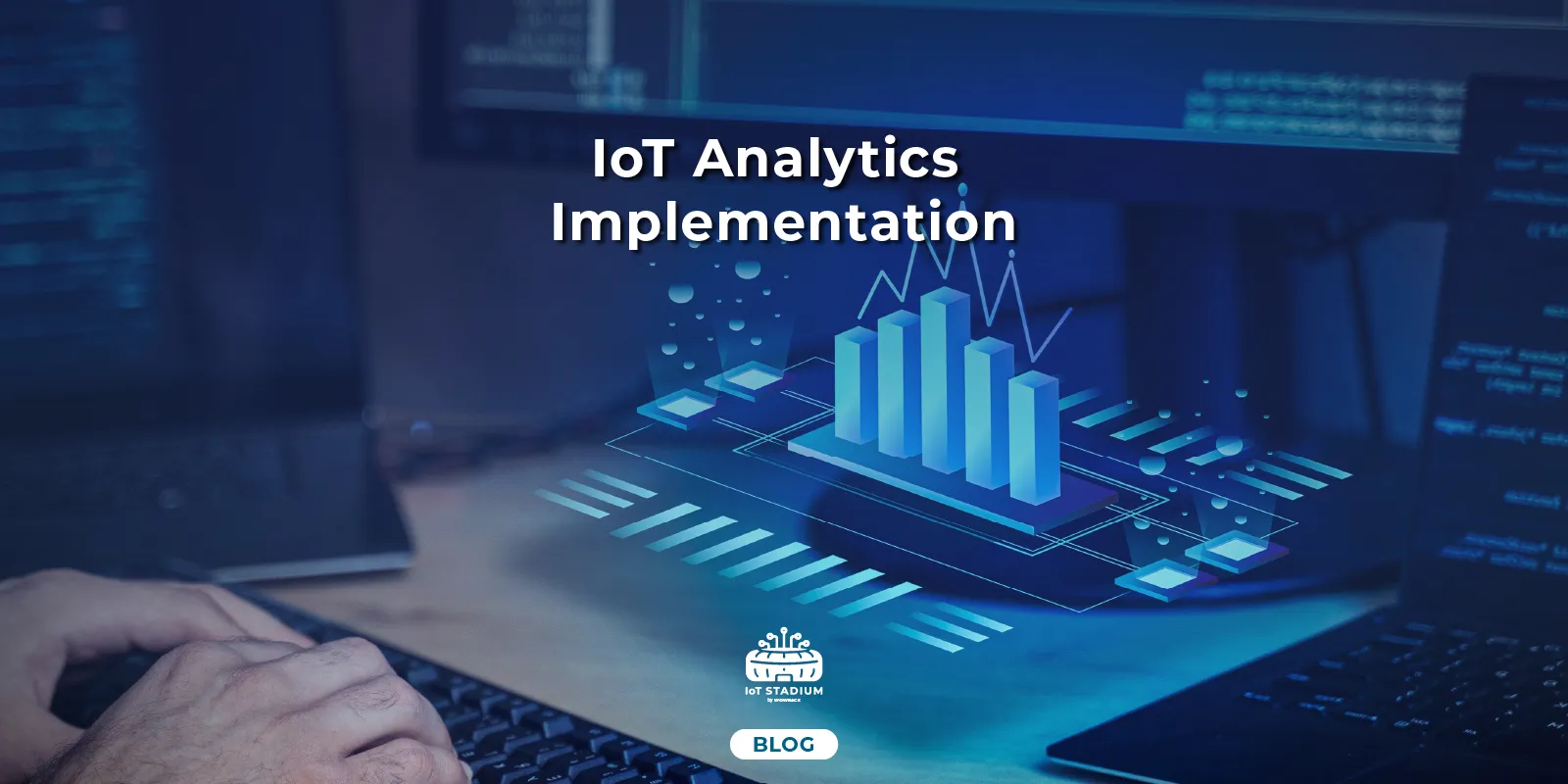Picture IoT and edge computing as two friends: one, the IoT devices tirelessly collecting data, and the other, edge computing, the sharp-minded processor analyzing information on the spot. Together, they form a dynamic duo reshaping industries.
But before we dive into how these two works together, let’s take a look at a simple explanation about IoT and edge computing.
What is IoT?
The Internet of Things (IoT) is a technology that makes everyday electrically powered objects accessible and manageable from anywhere at any time. By modifying a small microcontroller and using particular communication protocols, we can transfer data between devices and our phones or PCs.
Our daily lives are now more convenient and efficient because of this connectivity. For instance, wearable technology allows us to track our health, remotely operate household appliances, and even locate our pets with GPS-enabled collars. IoT has limitless potential that will only grow as technology develops. A "smart" house or office is a concept that is gaining popularity as more and more devices become connected.
What is Edge Computing?
Edge devices are physical hardware that can gather, process, and act upon data in nearly real-time with little assistance from other network nodes. They are equipped with sufficient memory, processing power, and computing resources.
Edge computing is a distributed computing framework that brings enterprise applications closer to data sources such as IoT devices or local edge servers. This proximity to data at its source can deliver substantial business benefits, including faster insights, improved response times, and better bandwidth availability.
Edge computing is a game changer for the IoT. This technology allows IoT devices to store and analyze data locally rather than merely transfer it to a centralized server. This can increase the efficiency of IoT devices and open the door to new devices and deployment schemes.
How Does Edge Computing Impact IoT?
A typical IoT system continuously sends, receives, and analyzes data in a feedback loop. Analytics can be performed in near real-time or over long periods and is often aided by artificial intelligence and machine learning to help get insights from massive data volumes.
Edge computing involves moving computing, storage, and networking functions to or near the physical location of users or data sources. By moving computing services closer to these locations, users benefit from faster, more reliable services and a better user experience, and organizations can deploy new types of latency-sensitive applications.
When combined with the IoT, edge computing allows organizations to flexibly deploy workloads on IoT hardware, improving performance and enabling new use cases, including low latency and high throughput data, that were not possible with traditional IoT.
A smart thermostat is the closest example of an IoT device that uses edge computing. The smart thermostat can process the temperature of its surroundings; that process becomes one of the best uses of IoT and edge computing.
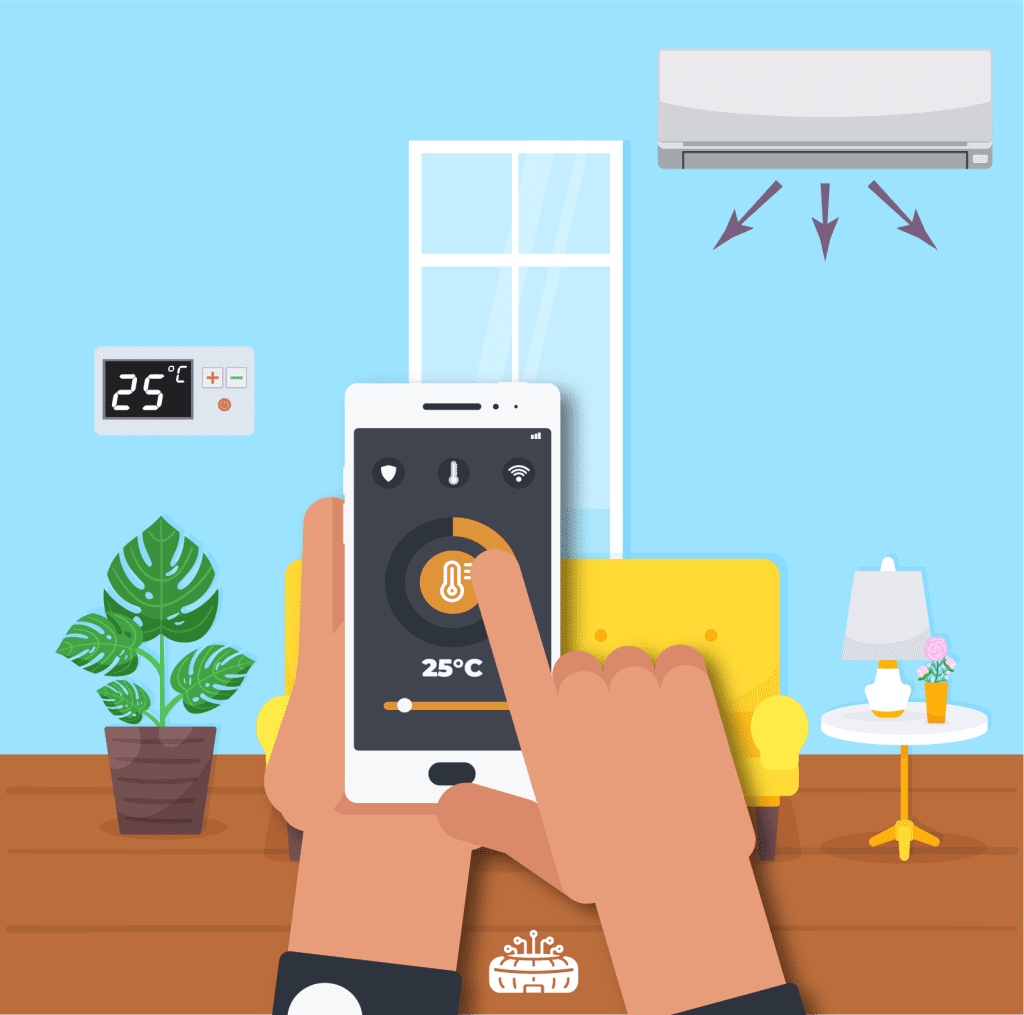
As mentioned before, one of the main advantages of using edge computing in IoT devices like smart thermostats is the ability to make real-time decisions without relying on a centralized server. This can lead to faster response times and more efficient use of resources. Additionally, by processing data locally, edge devices can reduce the amount of data that needs to be transmitted to the cloud, resulting in lower latency and potentially reducing bandwidth costs. Overall, the combination of IoT and edge computing has the potential to revolutionize the way we interact with technology and the world around us.
How Edge Computing Helps the Internet of Things
Applications for the Internet of Things frequently function as monitoring systems that gather and evaluate data to make informed choices. IoT applications may process data hourly, daily, or in response to outside events. By bringing computing operations closer to the device, edge computing improves the Internet of Things by lowering latency and network traffic and enabling real-time insights.
Small data packets are frequently sent by IoT devices back to a central administration platform for analysis. While this method functions effectively for specific applications, future networks will be overloaded with devices due to the anticipated expansion of IoT. By optimizing bandwidth, edge computing transfers only data intended for long-term storage to the central platform.
For businesses with a large number of IoT devices, managing security is another significant concern. Attackers could carry out DDoS assaults by taking advantage of the vast number of connected devices. Although edge computing's localized approach makes security management easier, it does not automatically offer more security than private clouds. For instance, it helps with data sovereignty and local data protection law compliance.
Conclusion
In conclusion, the union of IoT and Edge Computing brings a new era of connectedness and intelligence. Edge Computing enables IoT devices to operate more efficiently, with lower latency and greater autonomy, by moving data processing and analysis closer to the source. They work together to pave the path for novel applications in various industries, revolutionizing how we interact with technology and our surroundings.
Visit our blog for more information about technology. Alternatively, visit our knowledge base page for tutorials on how to use the features in IoT Stadium.
